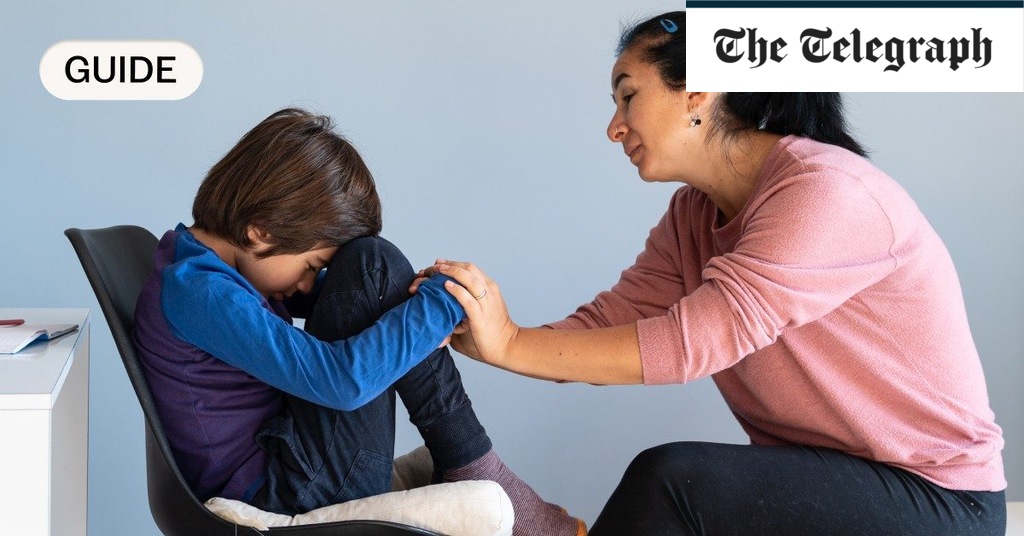Parents desire their children’s happiness, yet achieving this goal appears more challenging than ever. A study conducted in 2022 revealed that two out of five parents noted a frequent occurrence of anxiety among their children, a notable increase from less than a third in 2020.
The escalating prevalence of anxiety in children is often attributed to global events, as highlighted by Dr. Martin Forster, a leading psychologist at Livi, a digital healthcare company specializing in childhood mental health. Dr. Forster emphasizes that contemporary uncertainties have significantly altered the perceived safety of the world compared to a decade ago. Even toddlers as young as three or four exhibit emotional sensitivity to upheavals like pandemics and conflicts, influenced by their parents’ emotional cues.
Adolescents are also grappling with heightened levels of stress and anxiety in today’s landscape. Dr. Peter Slater, a consultant child and adolescent psychotherapist at London’s Harley Therapy clinic, notes a concerning trend of distress among eleven and twelve-year-olds embarking on their high school journey. Factors such as the essential role of social interaction for well-being, compounded by the pressures of social media-induced comparisons, contribute to mounting anxieties. The burden of self-imposed expectations and uncertainties about navigating adulthood further exacerbate their mental well-being.
Despite the prevalence of stress and anxiety even in four-year-olds, with appropriate assistance and guidance, children need not carry these emotional burdens into adulthood, preserving the joy and innocence of their formative years. But how can parents discern when their child is struggling, and what measures can be taken to support them effectively?
Decoding Stress and Anxiety
Distinguishing between “stress” and “anxiety” is crucial when addressing children’s emotional challenges, as emphasized by Dr. Forster. While stress is a natural response to external pressures or environmental factors, anxiety represents an exaggerated fear or worry disproportionate to the actual threat. Understanding this disparity is pivotal in tailoring appropriate interventions – altering external circumstances for stress and aiding children in managing their anxious feelings effectively.
Identifying Symptoms of Stress and Anxiety
The manifestation of stress and anxiety varies across different age groups. Young children may exhibit symptoms such as increased clinginess or tearfulness, while older children often withdraw from activities they once enjoyed. Physical complaints like headaches, stomach aches, and changes in behavior, such as social withdrawal, can indicate underlying stress or anxiety issues.
Recognizing Problematic Levels of Stress and Anxiety
While stress can be a healthy response to challenges, persistent distress that hampers a child’s usual demeanor warrants attention. Extreme stress or specific anxiety disorders can significantly impact a child’s daily functioning, necessitating professional evaluation and intervention to address the root causes effectively.
Strategies to Support Children in Managing Stress and Anxiety
Parents play a pivotal role in alleviating stress by fostering a supportive environment and prioritizing quality family time over excessive extracurricular commitments. For situations beyond parental control, reassurance and maintaining a sense of predictability can mitigate stressors. Addressing anxiety involves acknowledging and validating a child’s emotions, offering reassurance, and instilling trust through consistent support and understanding.
In conclusion, while nearly every child encounters stress at some point, proactive measures can prevent transient stress from evolving into a clinical concern. By understanding the nuances of stress and anxiety, parents can provide tailored support to nurture their children’s emotional well-being effectively.

